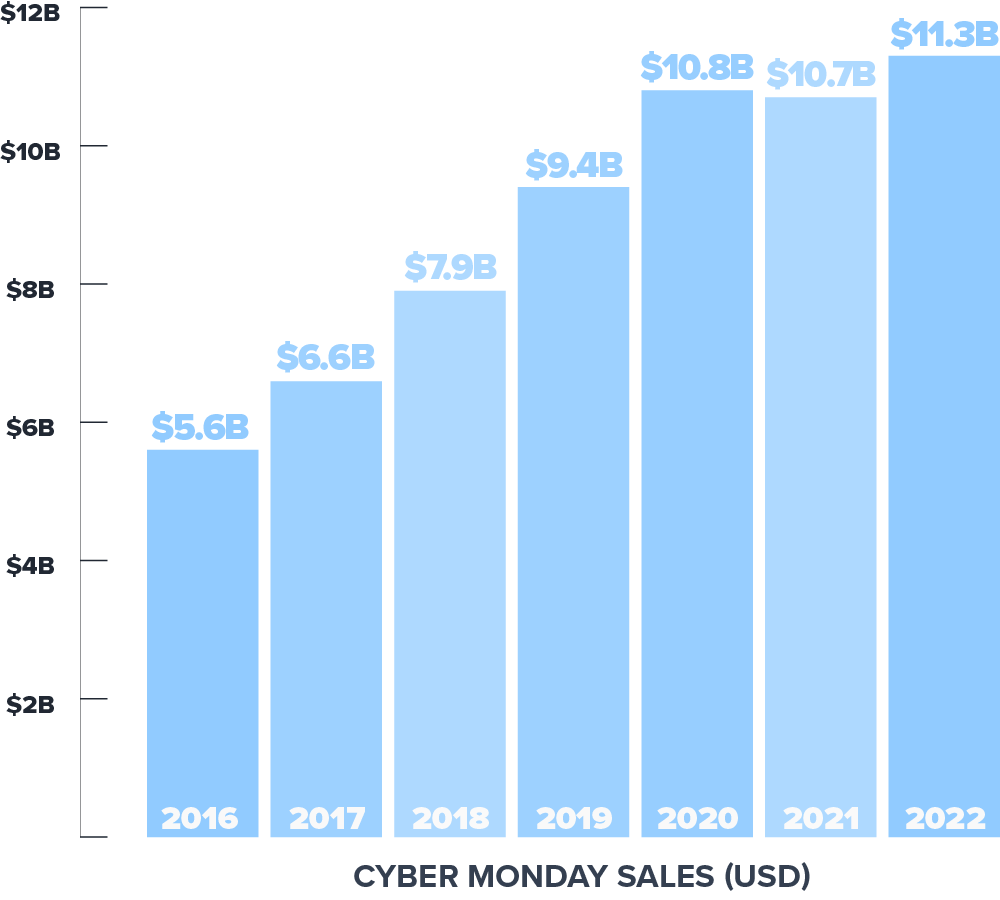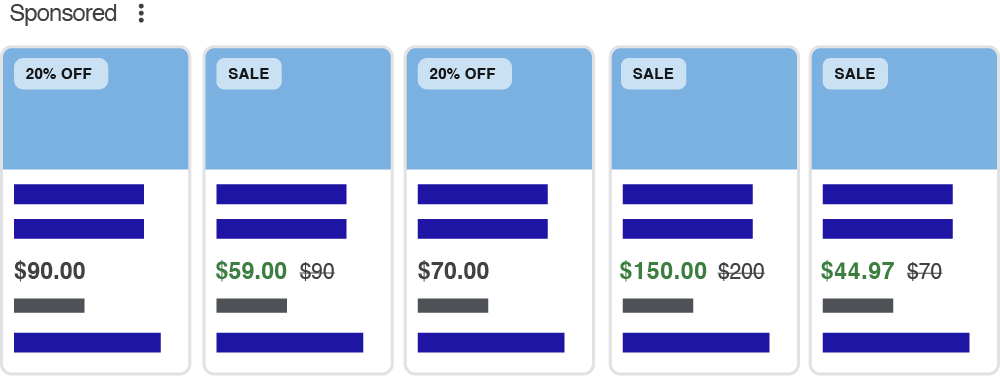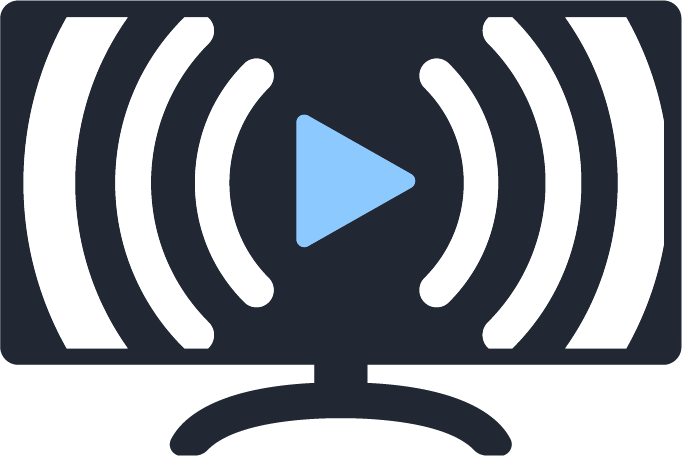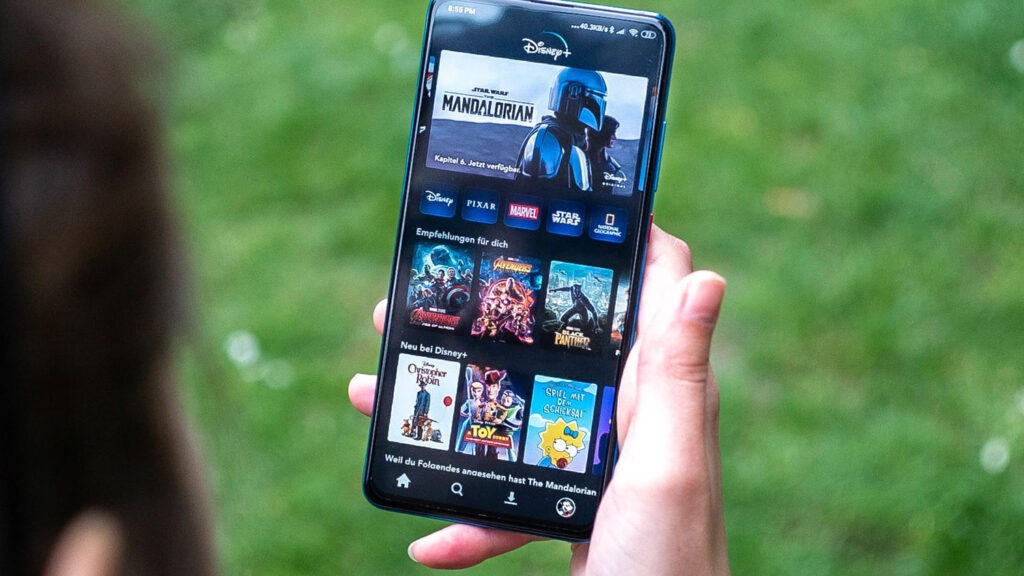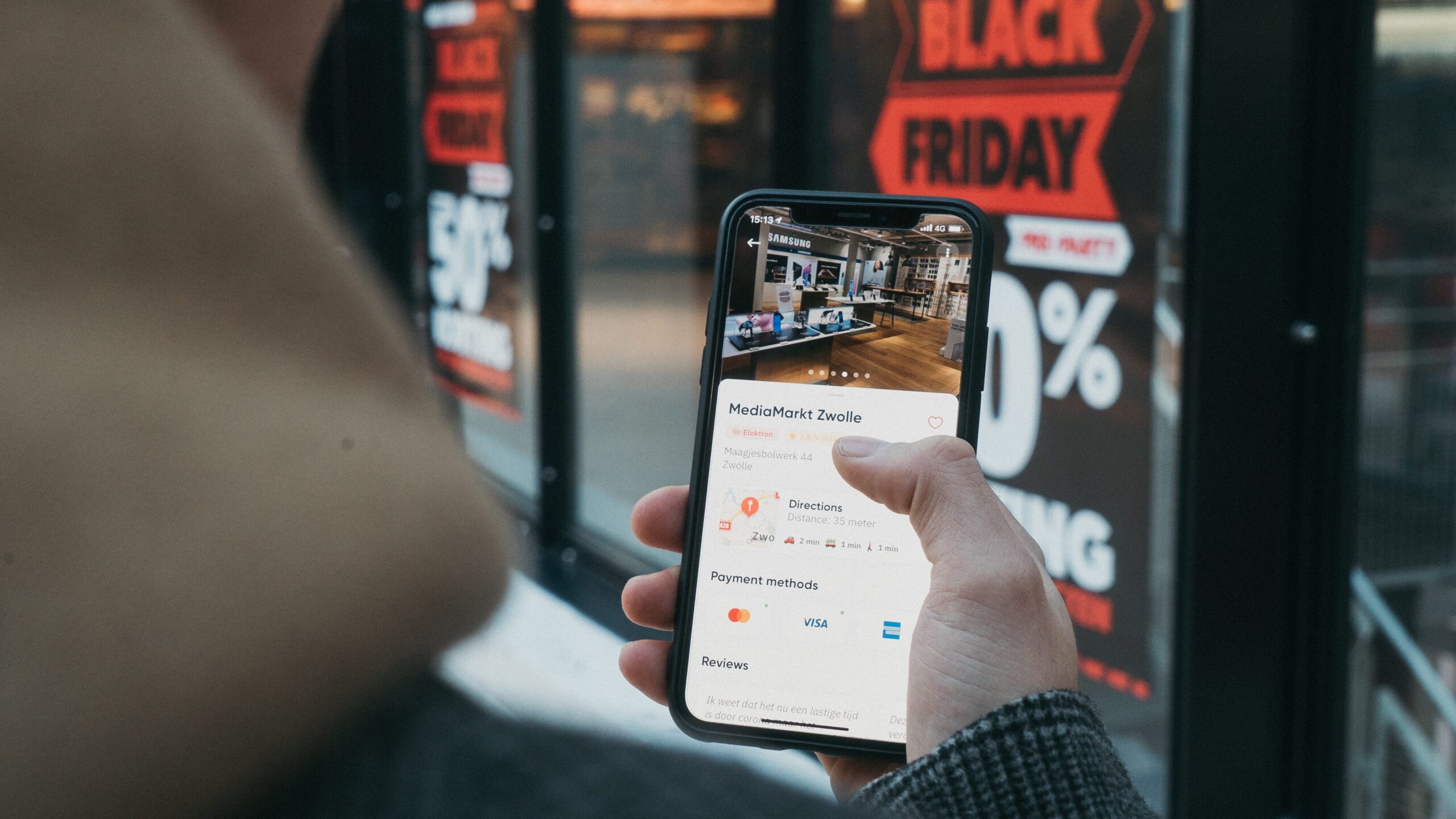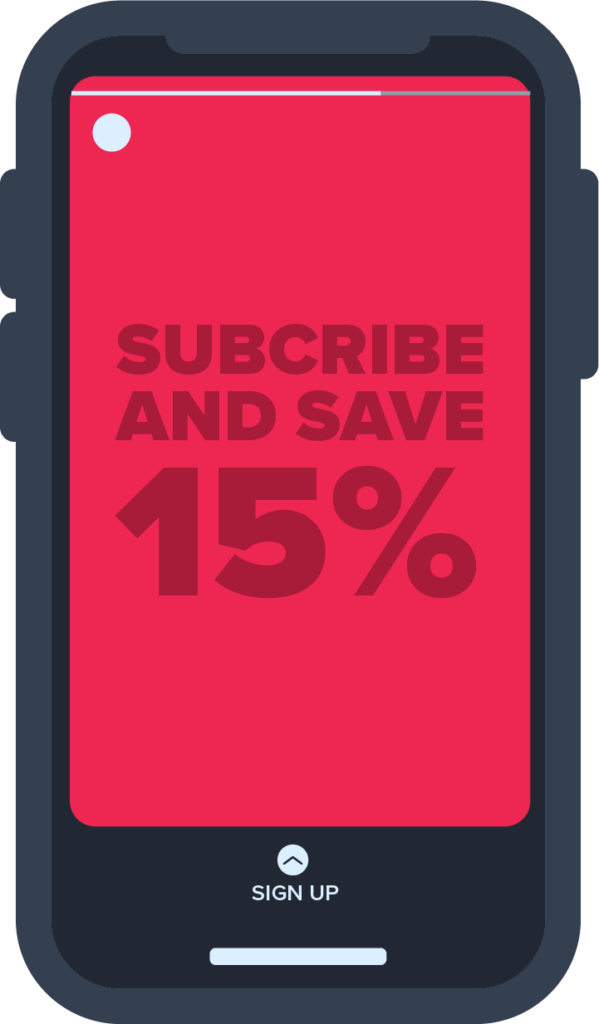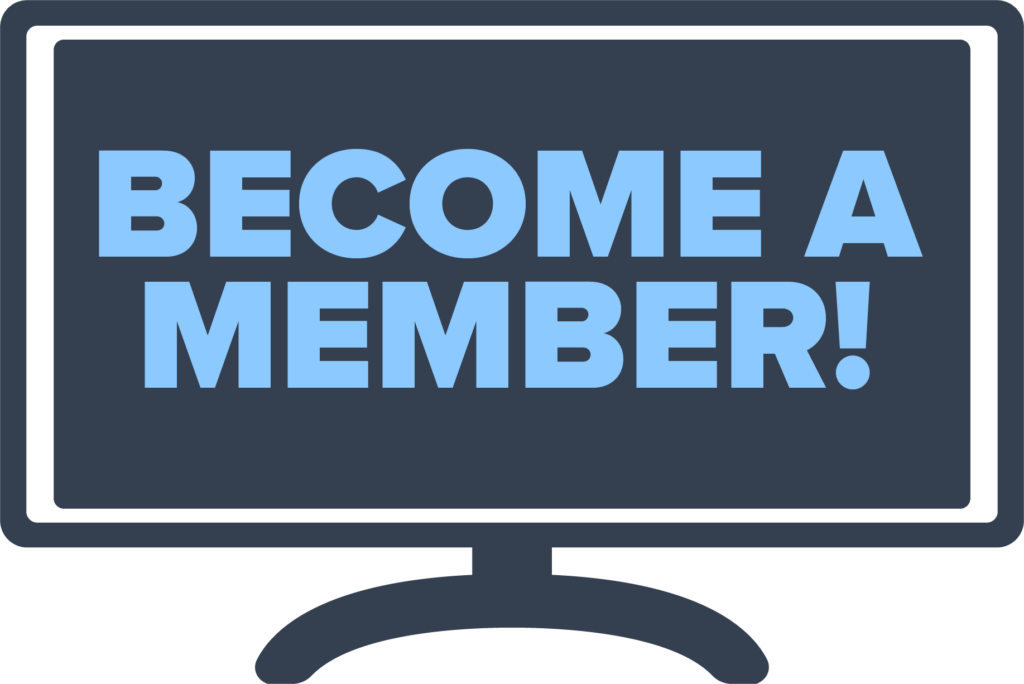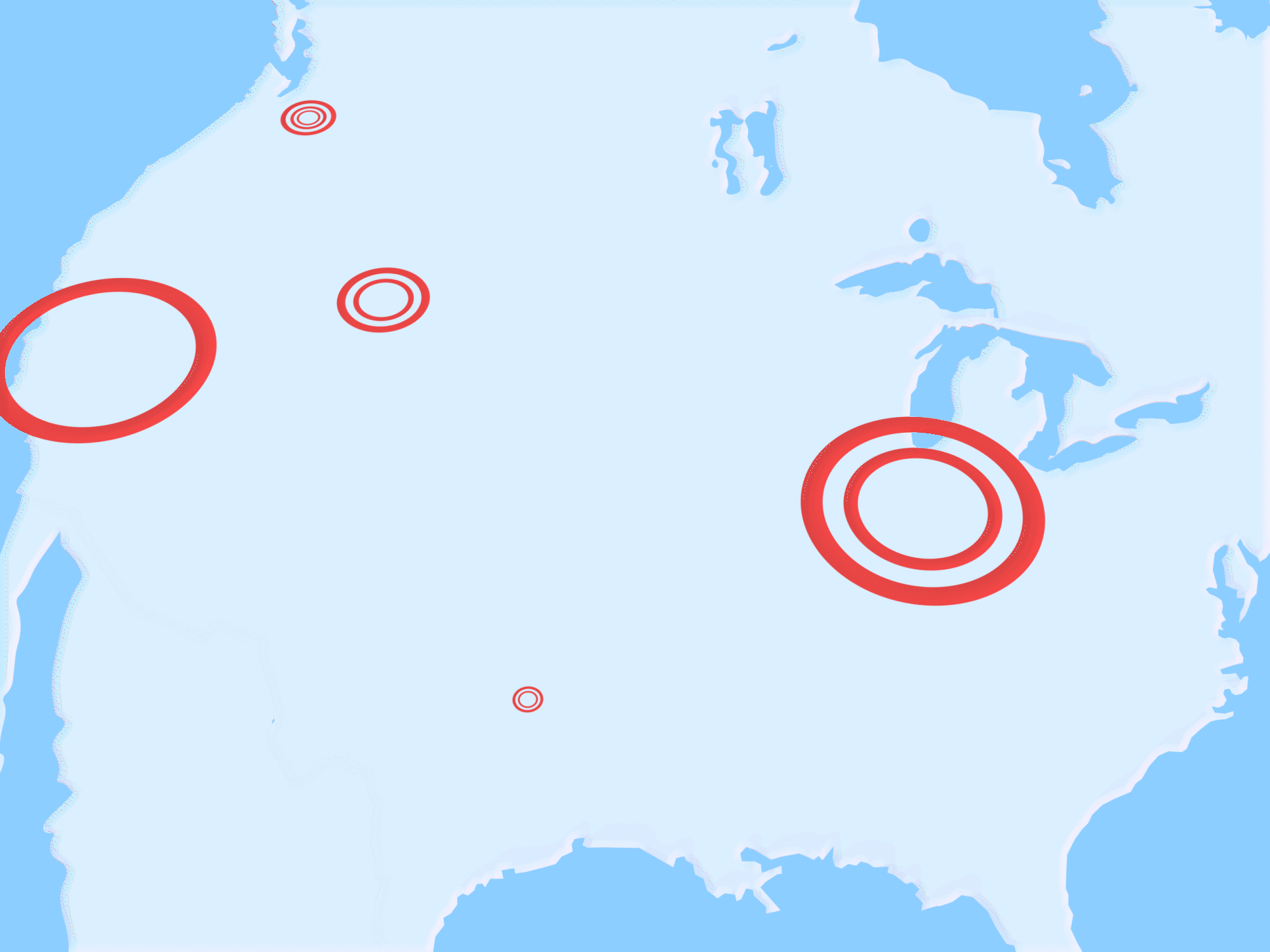Retail brands that provide diverse products to their customers leverage that wide variety of offerings to keep their audience engaged and happy. But offering those products isn’t enough — brands must also know how to promote products individually and ensure they’re pushing sales in every possible revenue stream.
When introducing new products, many brands strategically allocate a majority of the ad spend to drive sales and get an understanding of the new product’s audience. But outside of those major campaigns, retail brands must be tactical about how they divvy up their budget. Here’s what goes into a great product marketing campaign, particularly when promoting multiple products.
The Art of Promoting a Catalog
To promote products across a varied catalog, marketing teams must learn how to strike a delicate balance in their campaigns. How much attention should each product receive? How much should be spent promoting each product on different channels?
If catalogs contain well-designed, helpful products, they’ll each naturally find the audience that needs them most — brands just need to clear a pathway for that organic connection to take place with specialized tactics for marketing individual products.
4 Tips on How to Promote Products Across Your Catalog
Product marketing varies across individual items or product lines depending on the size of a catalog. Here are a few tips brands can use to spread the word:
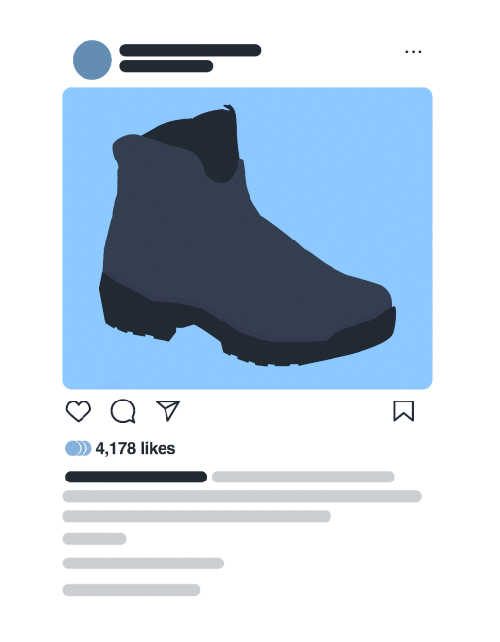
- Use multi-product ad placements
Drive awareness of the actual products available with an initial marketing campaign including multiple items. Multi-product ad placements are a great catch-all to introduce as many people to a catalog as quickly as possible without overwhelming them.
From carousel ads on Facebook and Instagram to dynamic digital banners that flash different items, these types of media get eyes on a product faster and with flair.
- Create bundles and collections: For brands wondering how to promote products individually but efficiently, offering collections of products is an effective approach. Bundles are a great way for customers — especially new ones — to see the breadth of a brand’s catalog all at once. That way, they can decide for themselves which items in a given selection are right for them.
From subscription boxes of mixed items to promotional mailers offering samples, bundles do the legwork of getting customers excited without overwhelming them.
3. Encourage customer interactions
Some of the best promotional material is user-generated content that comes straight from the customer. One method brands can use when exploring how to promote products is incentivizing first-time customers to post about or share how much they enjoyed their purchase, spreading the word organically.
Offering bonuses like rebates and coupons for posting a favorite new product on social media or sharing with a friend via email are perfect for drumming up excitement across a product line. For instance, offering 10% off for a certain shade of lipstick if a customer uses the hashtag #MyFavoriteShade in a post provides organic content on a brand’s behalf for that specific product (and benefits the shopper, too).
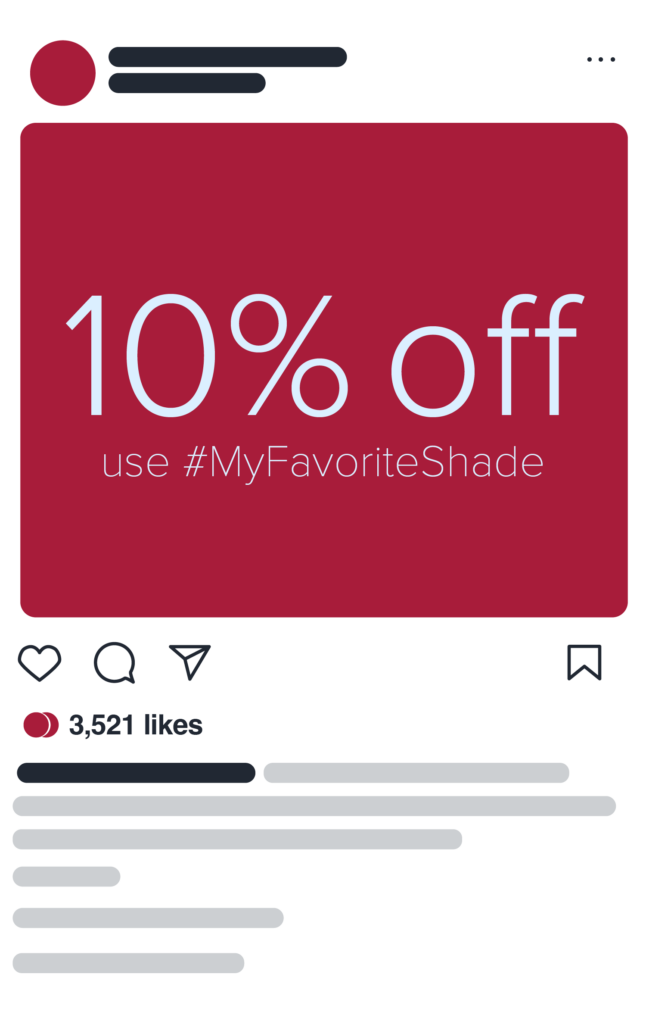
- Create timely schedules for promotion: The more business a brand does, the more sales data becomes available, which can be a major asset for brands that want to know how to promote products most effectively. Analyzing this data can reveal shopping patterns and connections between products and certain seasons, holidays, or even days of the week. Brands can use this data to their advantage by promoting certain products when the demand is highest.
A candle company offering seasonal pumpkin scents in autumn may seem like an obvious take on this approach, but the tactic can be just as effective on a smaller scale. For example, a home improvement retailer may offer hyper-targeted advertising for its products on weekends versus weekdays to capitalize on interest from curious at-home DIYers.
Product Promotion Expertise with Power Marketing
Effective, popular products are the reflection of a great brand — as such, each product needs a strong marketing push to receive the attention it deserves. Brands that know how to promote products across their catalog can find success with a more diverse customer base for a consistent revenue stream.
When it comes to tactical marketing for retail and CPG brands, Power Marketing brings decades of experience to execute a strategy customized to each company’s needs. Reach out today to learn more about how we can energize any product marketing strategy and move items off the physical and digital shelves and into customer’s hands.
